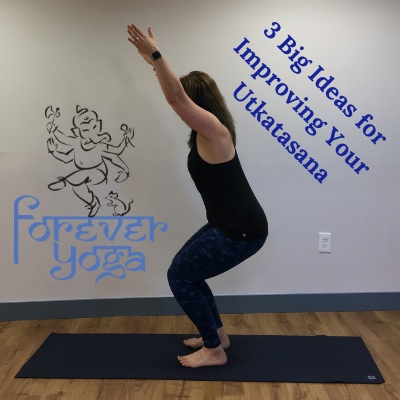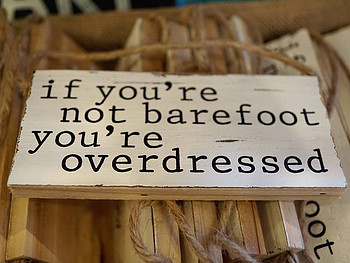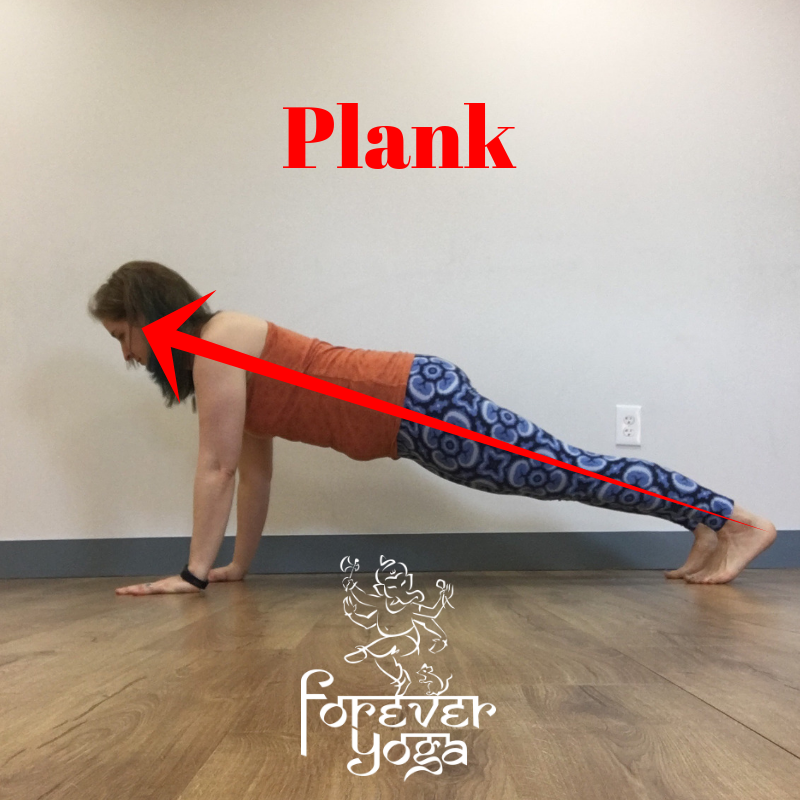3 Big Ideas for Improving Your Utkatasana
/Utkatasana or chair pose can be a challenge because it asks us for strength throughout our legs and, by extension, our core. Given that most people that come to yoga are interested in (and if we’re being honest, better at) flexibility this can be a challenge and doesn’t exactly put this pose in the category of favorites. But if you’re interested in balance in all things, you’ll want to include this posture. How can we become better friends with this pose? Here are some thoughts.
Check your stance and position but don’t make it a habit to do so! An important aspect of this posture is moving our hips behind our ankles. Doing so keeps strain from happening in our knees because we are keeping the knees from going past the toes. You may notice in class I often don’t even call out the pose name, but rather ask you to move the sit bones back to call attention to this important aspect of the posture. As beginners (and even beyond), once we enter the pose we’re often told to take a look down and make sure we can see the toes beyond the knees. This is a good way to start to develop our understanding of the posture. However, once you know the pose, check in now and then, but don’t do it every time you do the posture! Really being able to feel our bodies in space is an important aspect of developing our practice. You’ll also be breaking the line of your spine and effectively taking your weight forward rather than back when you look down (and possibly creating other issues. The human heads weight a lot!). And in our modern world, we want to focus on strengthening that back body line rather than continuing to over stretch it as we so often do.
Work the legs independently and create less strain in the outer hips by taking a wider stance. If you’ve been practicing yoga for a fair length of time and depending on the tradition you studied in, tadasana and utkasana were often taught with the big toes touching or even the inner line of the feet totally together like so.
The next time you come into the pose like that, take a moment to really feel what’s happening in the legs and hips. Perhaps you’ll feel fine and strong and that’s great! Every body is different. For me and my frame and the majority of the people I work with, it’s just too narrow. As I like to joke, this practice was invented by skinny little Indian men. I am not that! So what I find is that a wider stance (sit bones distance apart, not hip width which I think would be taking it too far) creates less strain in my outer hips and makes me use the muscles of my legs more, which is in keeping with the strengthening aspect of the pose.
With my feet closer my knees can fall into each other so I end up squeezing them together rather than creating an isometric contraction in the totality of my leg muscles (that feeling of hugging the muscles to the bones). That feeling of the knees falling in toward each other creates strain in my outer hips, because the muscles there are trying to hold my spine up, rather than the legs helping the engagement through the core. Essentially, the strengthening benefit from the posture is gone.
But again, your milage may vary.
Finally, when moving through a common twisting sequence in this pose, pay attention to actually coming back to where you were in between each twist. We can find a great combination of flexibility and strength by bringing a twist into our utkatasana. The twisting action can help relieve tension in the spinal muscles that may have accumulated throughout our busy days. Where we get into trouble here is when we don’t fully engage between twists, letting the torso stay in a forward position rather than coming back to the full spinal height of the pose. Hopefully this image makes this a little more clear:
As you can see from the layering of these two images, the “lazy utkasana” brings the torso in front of where it might be if I’d been coming into the pose from Tadasana. My belly is practically resting on my thighs which probably means I’m not using my core to support my spine and missing out on the strengthening aspect of the pose again.
To make this more clear, here’s a short video of this twisting sequence. You’ll see me move into the twist and the first time I’ll lift the torso back to where it was when I first came into utkatasana, the second time I won’t so you can see the difference.
Now it’s your turn! Let me know which of these ideas you found most valuable for improving your Utkatasana. And while you may never love this pose, the next time you have to use a public toilet or pee in the woods, you might just thank me! ;-)























